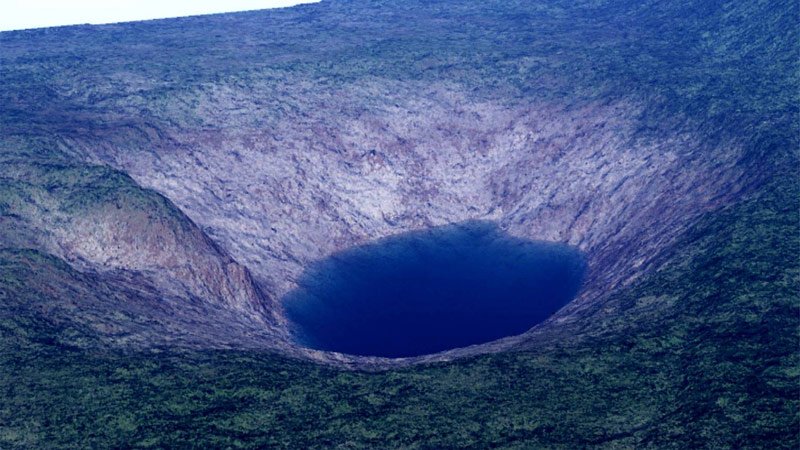
Tunguska event in Siberia: When a huge explosion came out from nowhere
Anenormous explosion was reported on June 30, 1908 near the Podkamennaya Tunguska River in central Siberia (60°55′ N 101°57′ E), Russia. This explosion was later called as Tunguska event.
The explosion’s energy was estimated to have been equivalent to the explosive force of as much as 15 megatons of TNT which was a thousand times more powerful than the atomic bomb dropped on Hiroshima, Japan, on August 6, 1945.
While some scientists contended that a comet caused the explosion, other scientists maintained that the event was caused by an asteroid. This Tunguska blast charred the forest but did not produce a sustained fire.
The explosion was reported at an altitude of 5–10 km (15,000–30,000 feet), which flattened some 2,000 square km (500,000 acres) and charred more than 100 square km of pine forest.
After over a century of this blast, researchers are still trying to find out reasons for an explosion which ripped through the air above a remote forest in Siberia, near the Podkamennaya Tunguska river.
The fireball is believed to have been 50-100m wide which depleted 2,000 sq km of the taiga forest in the area, flattening about 80 million trees.
The earth trembled and windows smashed in the nearest town over 35 miles (60km) away. Residents there even felt heat from the blast, and some were blown off their feet.
The crash was followed by a noise like stones falling from the sky, or of guns firing
Fortunately, the area in which this massive explosion occurred was sparsely inhabited.

